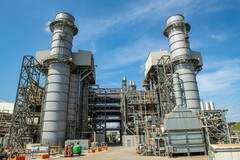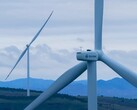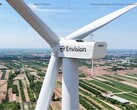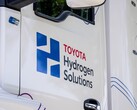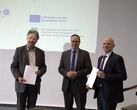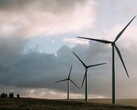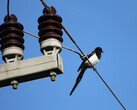The test, conducted at Plant McDonough-Atkinson in Smyrna in the US state of Georgia, represents a step forward in proving that existing power infrastructure can be adapted for a low-emission future. The results were made known yesterday, June 16, 2025.
The successful trial on the Mitsubishi M501GAC turbine used a 50% hydrogen blend at partial and full load, achieving a 22% reduction in CO₂ emissions compared to natural gas alone. It builds on a 2022 test with a 20% hydrogen blend, which reduced CO₂ emissions by 10%. Crucially, the test was completed without any negative impact on nitrogen oxide (NOx) emissions, a key technical challenge in hydrogen combustion.
By proving the use of 50% blend possible, Georgia Power and Mitsubishi Power are essentially providing a showcase for other power producers worldwide, showing it is possible to significantly lower carbon footprint without decommissioning natural gas equipment.
Building on the success of our earlier tests, we have achieved a 50% hydrogen blend in an advanced-class gas turbine, showcasing the capabilities of our state-of-the-art technology - Mark Bissonnette, executive vice president and chief operating officer at Mitsubishi Power Americas
Georgia Power, a Southern Company subsidiary, has reportedly cut its carbon emissions by over 60% since 2007, driven by such innovations.
Here is how the latest test compares to the 2022 test:
- 50% vs. 20% hydrogen blend
- 22% vs. 10% CO₂ reduction
- Full and partial load vs. partial load only
- Same M501GAC turbine
The trial used Mitsubishi Power’s advanced combustor technology, enabling stable operation with higher hydrogen ratios. No independent validation of this test has been conducted.
The Anker PowerHouse 767 power station (curr. $1,199 on Amazon) is compatible with solar panels, providing a way to join the renewable energy revolution.




